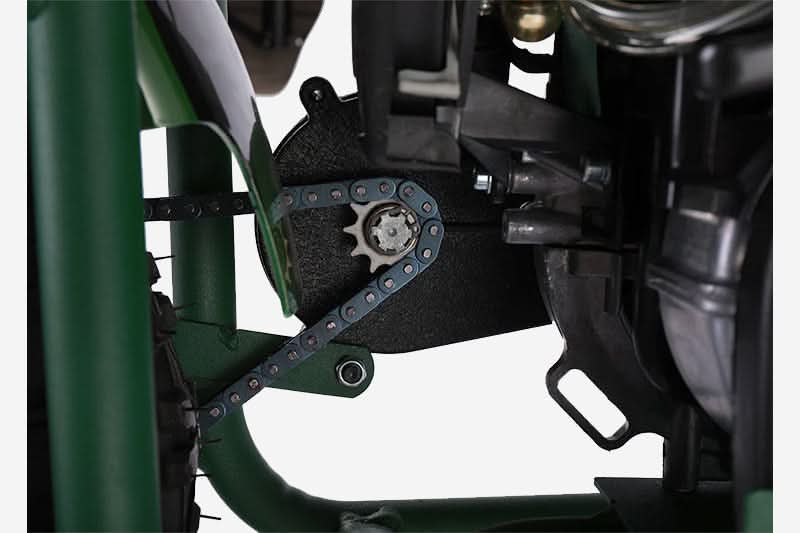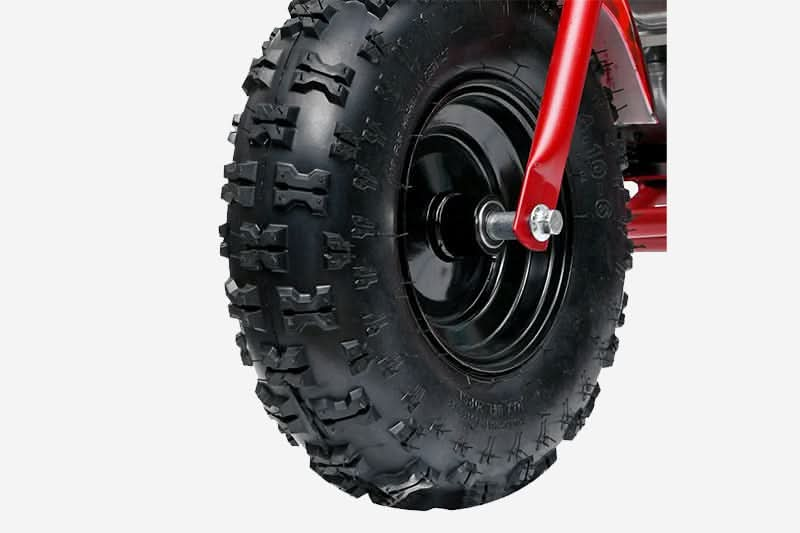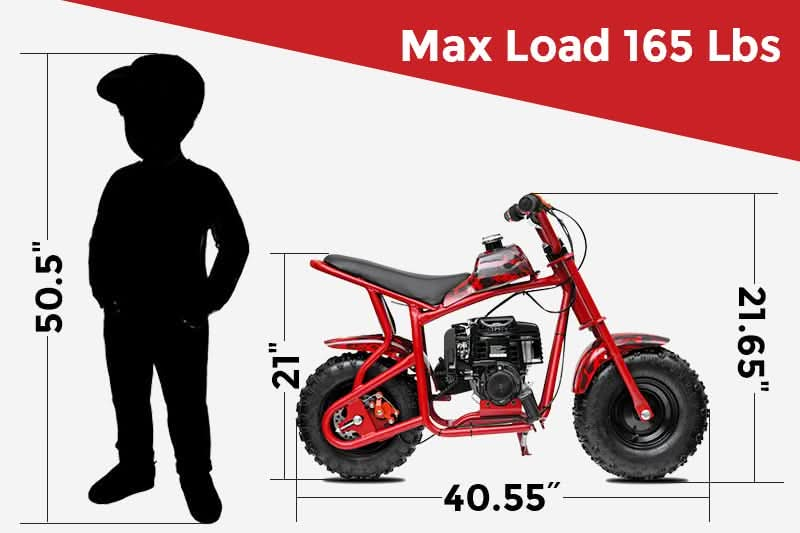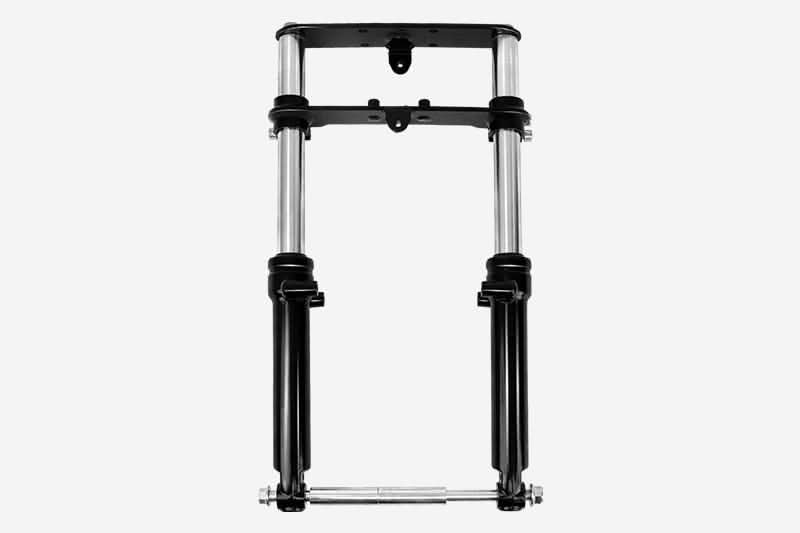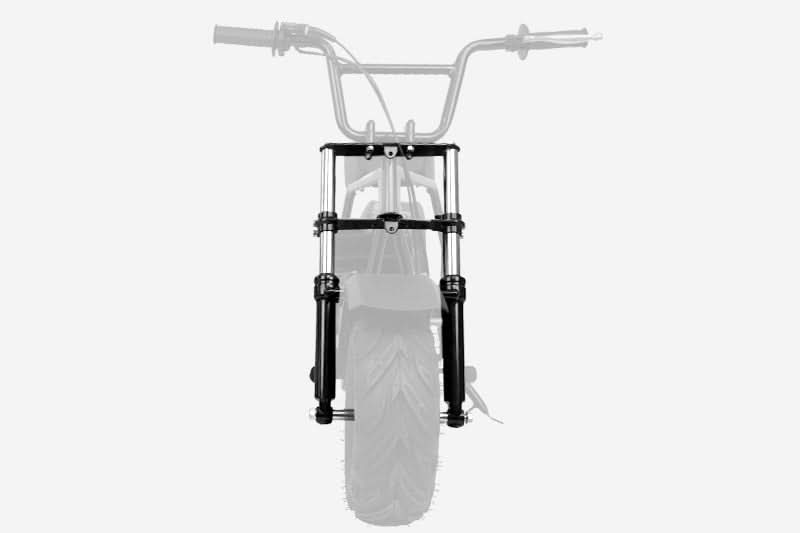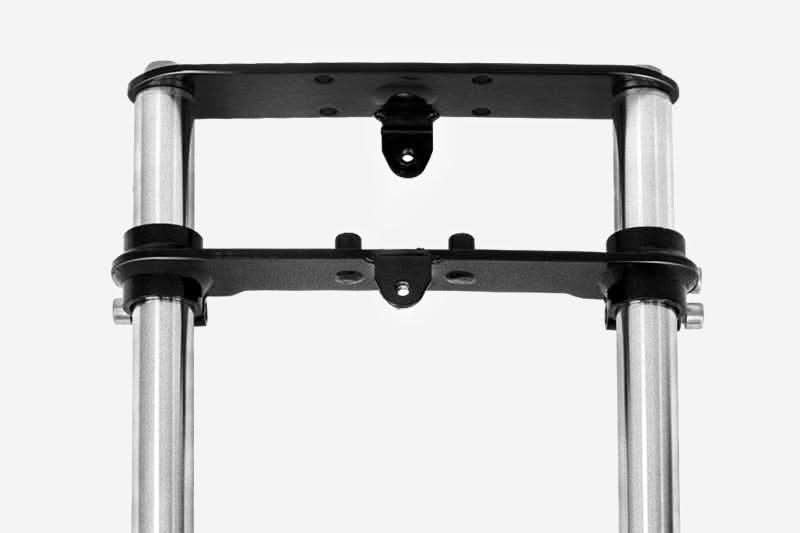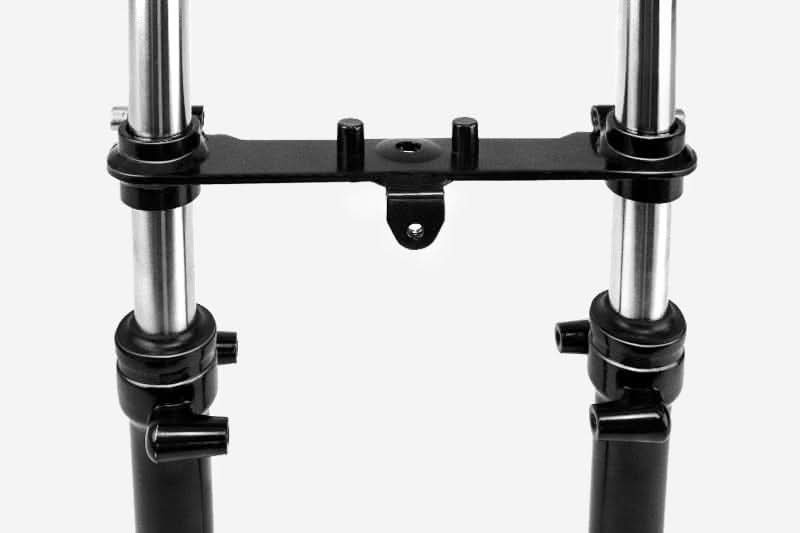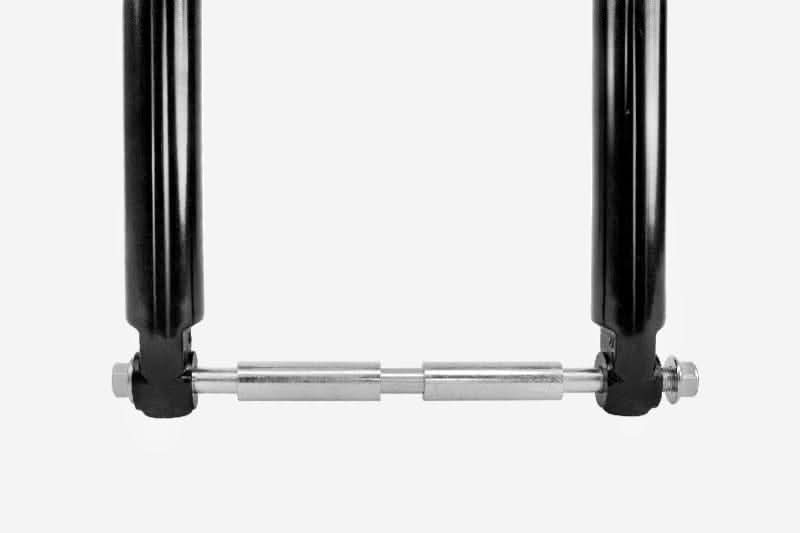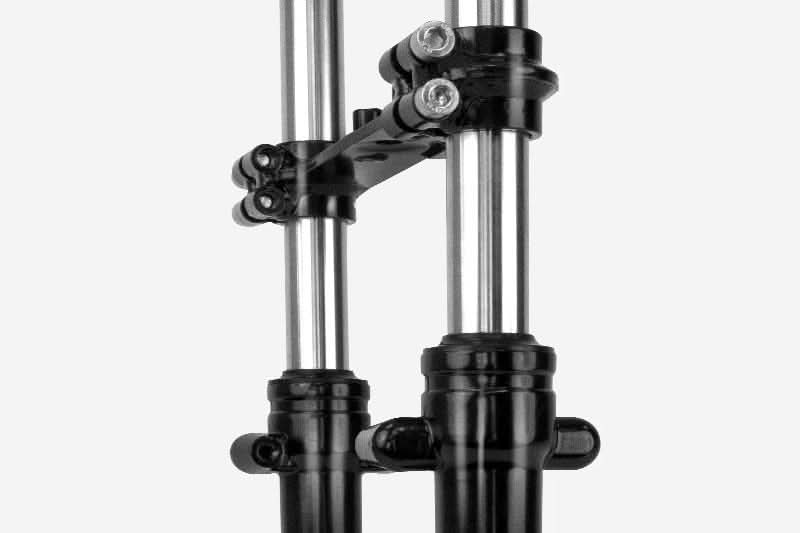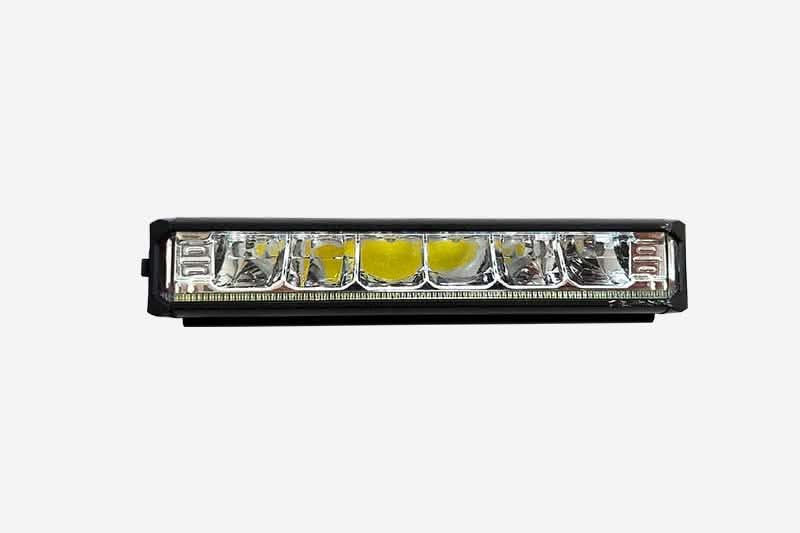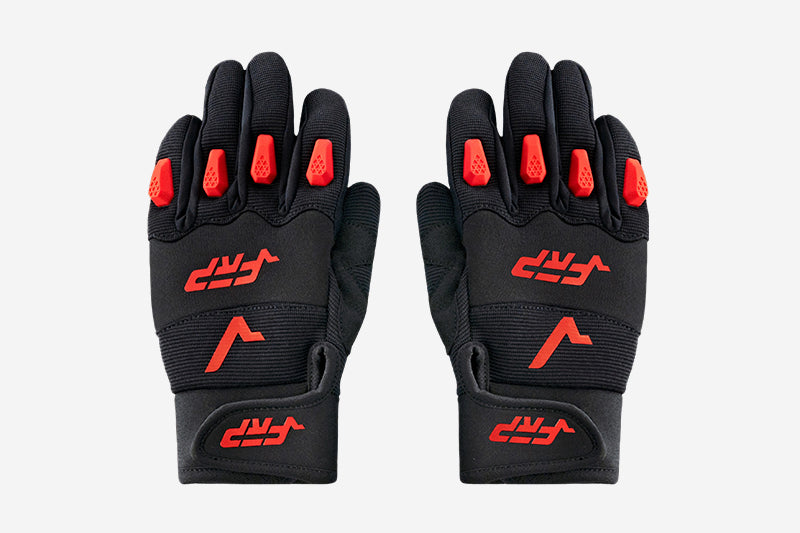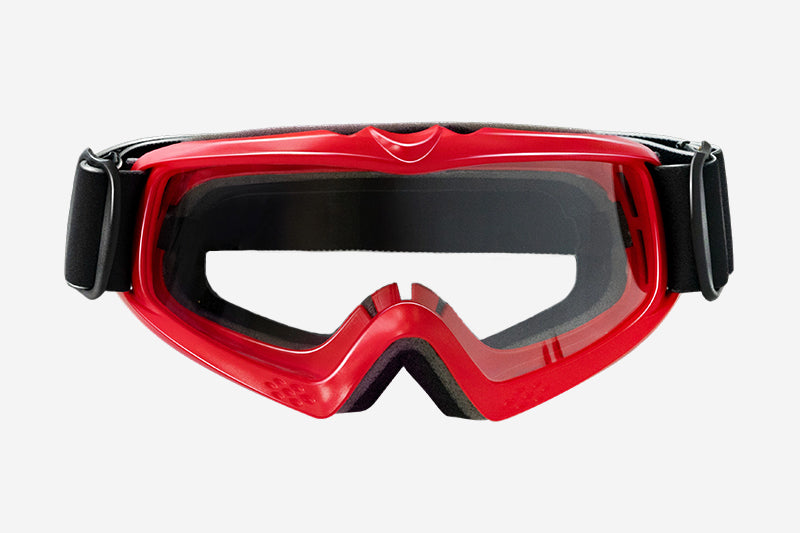Where Can I Legally Ride My Mini Bike Off-Road?
Many riders face the same dilemma: they own a mini trail bike but struggle to find legal and safe places to ride.
Off-road riding is fun, but not every location allows it. Riding illegally can lead to fines, bike confiscation, or environmental damage.
Knowing where to take your frp mini bike ensures a stress-free experience. This guide covers the best legal riding spots, important regulations, and how to avoid common mistakes.
Know Your Rights and Responsibilities
Understanding Off-Road Laws
Not every mini bike for adults is treated the same under the law. Different states and countries have varying regulations.
● Street-Legal vs. Off-Road Use:
○ Some mini bikes for adults can be modified for road use with lights, mirrors, and proper registration.
○ Others are strictly for off-road and cannot be ridden on public roads.
● Age Restrictions:
○ In many states, riders must be at least 16 years old.
○ Some states allow younger riders but require adult supervision.
● Safety Equipment Requirements:
○ Helmets are mandatory in most areas.
○ Goggles, gloves, and protective gear may also be required.
Rider Responsibilities
Riding legally means more than just following the law. You must also respect the land and others using it.
● Always stick to designated trails.
● Avoid damaging natural landscapes.
● Respect other riders and trail users, including hikers and bikers.
Common Legal Misconceptions
● “If it’s off-road, I can ride anywhere.” – False. Public and private land restrictions still apply.
● “If there’s no sign, it’s okay.” – False. Lack of a sign doesn’t mean it's legal.
● “I can ride on my own property anytime.” – Sometimes false. Some local noise ordinances restrict mini bike use.

Public Land Riding Options
National Forests & BLM Lands
Many National Forests and Bureau of Land Management (BLM) lands allow off road dirt bike riding, but only on designated trails.
● Finding Legal Trails:
○ Visit the U.S. Forest Service or BLM websites.
○ Search for “OHV (Off-Highway Vehicle) trails” in your area.
● Permit Requirements:
○ Some locations require an OHV permit, which can be purchased online or at ranger stations.
● Seasonal Restrictions:
○ Some trails close in winter due to heavy snow or erosion risks.
State OHV Parks
State parks often have designated OHV trails for mini bikes for adults. These areas are great because they offer:
● Trails designed for different skill levels.
● Parking, restrooms, and other facilities.
● A community of fellow riders to connect with.
Popular OHV Parks in the U.S.:
● Hatfield-McCoy Trails (West Virginia)
● Ocotillo Wells SVRA (California)
● Paiute ATV Trail (Utah)
Local Riding Areas
Many cities and counties have legal riding areas. These include:
● Municipal Parks – Some parks have dirt tracks for public use.
● Community Riding Centers – Local clubs or organizations run these.
● Hidden Gems – Online forums and Facebook groups often share lesser-known legal riding spots.
Private Land Opportunities
Joining a Riding Club
Off-road riding clubs provide access to private lands and trails. Benefits include:
● Well-maintained, legal riding areas.
● Group events and social rides.
● Training opportunities for new riders.
Private Tracks & Facilities
Some landowners develop tracks for public use. These facilities may charge a fee but offer great benefits:
● Day Use Tracks – Pay a daily fee and ride all day.
● Training Facilities – Learn new skills from experts.
● Event Tracks – Some host competitions and races.
Legal Considerations for Private Land
● Always get written permission before riding on private property.
● Check if liability waivers are required.
Planning Your Riding Adventure
Trail Research
Before heading out, check the following:
● Trail Conditions – Mud, fallen trees, or washouts can make some trails dangerous.
● Difficulty Ratings – Some trails are for advanced riders only.
● Weather Conditions – Rain or snow can drastically change trail difficulty.
Permits & Passes
Many public lands require permits. These can be obtained online or at ranger stations.
Trail Etiquette
● Yield to hikers and bikers when necessary.
● Stay on marked trails.
● Avoid excessive noise in residential areas.
Emergency Preparation
● Carry a first-aid kit.
● Let someone know where you’re riding.
● Bring a GPS or a map in case of poor cell service.
Where NOT to Ride
Illegal Spots
● Public roads and sidewalks (unless street-legal).
● Private land without permission.
● Wildlife conservation areas.
Understanding Trespassing Laws
Riding on private property without permission can result in hefty fines. Always check local regulations.
Consequences of Illegal Riding
● Confiscation of your frp mini bike.
● Legal charges or fines.
● Damage to the off-road riding community's reputation.
Handling Confrontations
If approached by law enforcement or landowners:
● Stay calm and respectful.
● Explain that you are looking for legal riding options.
Making the Most of Limited Space
Not everyone has access to large off-road trails, but you can still enjoy riding your frp mini bike in smaller areas. With careful planning, even a backyard or small lot can become a fun practice space.
Backyard Riding Considerations
● Check Local Laws – Some areas have noise restrictions for mini bikes for adults.
● Talk to Your Neighbors – Let them know your riding schedule to avoid complaints.
● Use Soft Ground – Grass or dirt reduces impact and noise.

Creating a Mini Practice Area
● Set up cones for tight turns.
● Build small ramps for jumps.
● Use old tires for obstacle courses.
Even with limited space, you can improve your off-road dirt bike skills and legally and safely enjoy your mini trail bike.
Seasonal Riding Opportunities
Riding your frp mini bike throughout the year requires adjusting to different weather conditions. Whether it’s summer heat or winter snow, each season offers unique challenges and opportunities for mini bikes for adults.
Winter Riding
● Snow Trails – Some parks allow off road dirt bike riding on frozen trails. Use studded tires for better grip.
● Cold Weather Gear – Wear insulated gloves and layers to stay warm.
● Bike Maintenance – Keep your mini trail bike battery charged in cold temperatures.
Summer Riding
● Early Morning Rides – Avoid extreme heat and dehydration.
● Dust Management – Dry trails require frequent air filter checks.
● Trail Closures – Some areas close due to fire risks.
By preparing for each season, you can ride your frp mini bike year-round and enjoy every terrain safely.
Building Community Connections
Joining a riding community can make your frp mini bike experience even better. Connecting with other riders helps you find new trails, improve skills, and stay informed about legal riding areas.
Join Local Riding Groups
● Look for clubs that support mini bikes for adults and off road dirt bike riders.
● Many groups organize group rides, races, and trail maintenance events.
● Social media and online forums are great places to connect.
Participate in Organized Rides
● Group rides provide safety and a chance to learn from experienced mini trail bike riders.
● Some clubs have exclusive access to private trails.
Building relationships with fellow riders and landowners ensures more legal spaces for frp mini bike enthusiasts.
Documentation & Insurance
Owning an frp mini bike comes with responsibilities. Having the right paperwork and insurance can protect you from legal trouble and unexpected costs.
Required Documentation
● Registration – Some states require mini bikes for adults to be registered for off-road use.
● Permits – Public trails may require an OHV (Off-Highway Vehicle) permit.
● Proof of Ownership – Keep your purchase receipt or title to avoid disputes.
Insurance Considerations
● Liability Coverage – Protects you if your off road dirt bike causes property damage or injury.
● Comprehensive Insurance – Covers theft, vandalism, or accidents.
● Rider Medical Coverage – Helps with medical costs in case of an accident.
Proper documentation and insurance ensure a smooth and worry-free mini trail bike riding experience.
Future of Mini Bike Riding Areas
The future of frp mini bike riding depends on responsible riders and growing support for off-road spaces. More people are interested in mini bikes for adults, which is pushing for better trail access and legal riding areas.
Expanding Riding Locations
● Many states are adding new OHV parks for off road dirt bike riders.
● Private landowners are opening tracks and membership-based riding areas.
● Cities are considering designated spaces for mini trail bike use.
Conservation & Advocacy
● Riders must respect trails to prevent closures.
● Supporting local off-road clubs helps protect access.
● Advocacy groups fight for more legal riding opportunities.
By following laws and working together, the future of frp mini bike riding looks bright for all enthusiasts.
Conclusion
Finding legal places to ride your frp mini bike ensures a safe and enjoyable experience.
Public lands, state OHV parks, and private tracks offer great opportunities for mini bikes for adults and off-road enthusiasts.
Always check local regulations, secure necessary permits, and respect trail rules. Avoid illegal riding to prevent fines and keep trails open for everyone.
Joining a riding club or community can help you discover new off road dirt bike locations. Stay informed, ride responsibly, and explore legal trails near you.








































